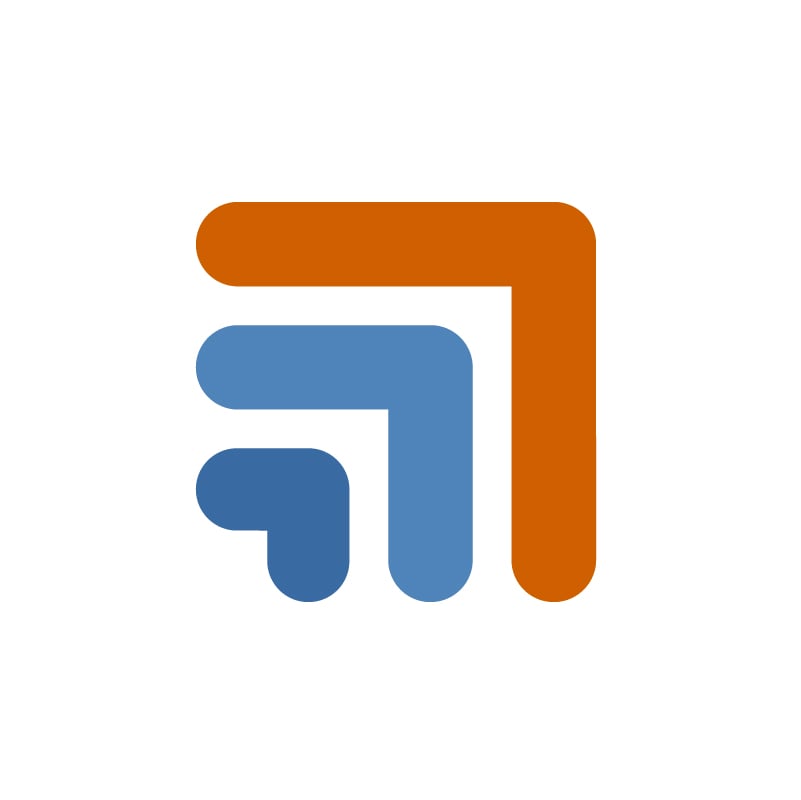Interviews decide who advances. They’re where job seekers must translate skills into proof and show that they belong. Yet too many walk in with vague stories or nerves that bury their strengths. In today’s market, where 74% of employers say they struggle to find skilled talent, opportunity exists, but only for those who demonstrate a clear fit.
This guide gives you practical ways to map your strengths, deliver crisp STAR (Situation, Task, Action, Result) stories and adapt to formats from one-way video to panels with confidence.
Build Your Fit Map with STAR, CAR and SOAR
The strongest interview answers connect directly to the job description. That’s where a fit map can help you.
Pull three to five key requirements from the posting (skills, responsibilities or outcomes) and match each one to a short story that proves you’ve done it before.
The STAR method is one of the most effective tips for job interviews because it turns experiences into structured proof. Keep your answers concise, about two minutes, and give more weight to the Action and Result. Recruiters listen closely for outcomes that show measurable impact.
For quick phone screens, use CAR (Challenge, Action, Result). It cuts down detail while keeping the evidence. When problem-solving is central to the role, switch to SOAR (Situation, Obstacle, Action, Result) to highlight how adaptable you are. Use STAR for full behavioral questions.
With your fit map ready, you’ll have a set of role-matched examples at hand. This makes it easier to showcase your strengths from the very first answer.
Deliver Your Strengths in Your First Answer
Many interviews begin with “Tell me about yourself,” and how you answer sets the tone. How you open shapes the recruiters’ first impression and influences how they listen to what you say next.
So, instead of listing your career chronologically, an effective job interview tip here is to draw from your fit map. Select two strengths you’ve already matched to the role and back each with a brief proof point.
Aim for about 90 seconds, long enough to give substance but short enough to keep attention. Lead with your most relevant strength, frame it with a quick STAR snapshot and give most weight to the Action and Result. Numbers or outcomes make your proof stronger. Avoid generic claims like “I’m hardworking.” Without evidence, they carry little weight.
Handled this way, your opening gives the interviewer a clear reason to see your fit and makes the rest of the interview easier because every question builds on the strengths you’ve already put on the table.
Show Culture Fit and Culture Add
Skills get you considered. Culture fit often plays a key role in who is hired. Employers look for signals that you’ll work well with the team and reflect their values. Start by reviewing the company’s careers page, mission statement and recent news.
When you identify key values, prepare a short example that proves you’ve done the same, such as:
- Leading a collaboration ritual that improved team communication
- Practicing customer empathy that strengthened client satisfaction
- Improving a documentation process that cuts onboarding time by X%
Treat your examples like behavioral answers: concise, concrete and backed by outcomes. If you have access to career transition services, also called outplacement, rehearse these stories in mock interviews so they feel natural under pressure.
To show how you benefit workplace culture, identify one way you’ve strengthened a past team (perhaps, you introduced a new practice or broadened perspectives) and shape it into a brief story. Then, prepare two questions to reinforce alignment. For example:
- “How does the team recognize and reward collaboration here?”
- “How do core values show up in day-to-day work?”
With these job interview tips, your answers turn abstract values into lived experiences. This makes it easy for employers to picture your strengths in action and your fit on their team.
Format Variations: One-Way or AI Video and Panels
Different interview formats call for different tips for job interviews. Whether you’re recording alone or speaking to multiple people, you don’t need new content. You just need to adjust your delivery.
One-Way or AI Video
Open with a role-relevant strength plus one proof. Don’t read a script. Set your camera at eye level, use a neutral background and test your audio. If the platform allows re-recording, use that chance to sharpen your delivery.
Panels
When you answer a panel question, address the person who asked first. Then, include the rest of the group with your eye contact. Be sure to land your answer with the Result. You might follow up with something like, “Would it help if I shared a quick example of the dashboard we used that improved reporting speed by 25%?”
Handling Off-Limits Questions
If an interviewer asks about age, family, religion or other personal topics, redirect back to your qualifications. For example: “I’m happy to speak to my qualifications for the role. In my last project, I …”
In the U.S., the EEOC outlines which interview questions are prohibited. If you’re interviewing outside the U.S., check your local laws to see what’s off limits in your region.
Close Strong: Confirm Value and Ask Outcome Questions
As the interview wraps up, seize the chance to reaffirm why you’re the right fit. Choose one strength from your fit map and one proof point that directly matches the role’s priorities. State it clearly.
Then, ask outcome-focused questions that show you're looking ahead. For example:
- “What does success look like in the first 60-90 days?”
- “Which behaviors set top performers apart here?”
- “Which teams will I collaborate with most, and what makes those partnerships work well?”
These questions help shift the conversation from your past to how you’ll contribute. Recruiters often note that candidates who ask outcome-focused questions stand out as more engaged and prepared.
Career Transition Services: Delivering Coaching That Accelerates Interview Readiness
Right Management’s career transition services give you structured practice and expert feedback so you enter interviews with confidence and a clear plan. If your employer has offered you outplacement through Right Management, it’s free to you. Here’s some of what’s included:
- 1:1 coaching to refine your story work (STAR) and interview presence
- Mock interviews with targeted feedback
- A LinkedIn profile check to align your brand with your strengths
- Focused networking tactics to open relevant doors
Job seekers using our career transition services land new roles two times faster than the national average. That pace reflects guided practice, clear stories and confident delivery.
If you’ve been offered our outplacement support by your former employer, sign up today and get coaching to present your strengths and fit with confidence.




